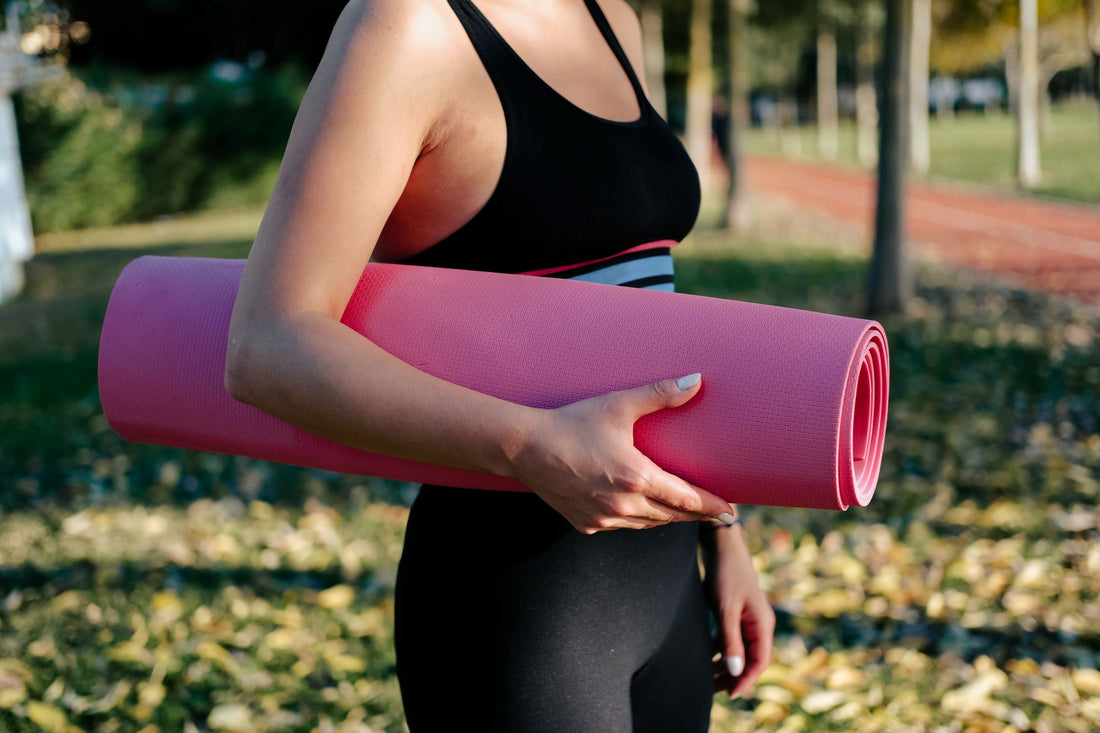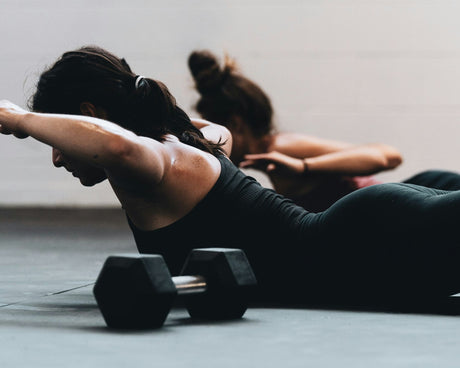How to Choose the Best Yoga Mat

If you've ever found yourself lost in a sea of yoga mat options, unsure how to choose the right one, you are not alone.
Yoga mats aren't just accessories; they provide the foundation for your stretching and relief from uncomfortable floors.
Let's unroll the secrets to finding your perfect yoga mat!
Why You Need A Yoga Mat
Whether you're a seasoned yogi or a curious newbie, yoga mats are not just a piece of gear but a vital part of your workout. Providing you with a safe and frustration free experience.
Most gyms will offer mats for their members to use, however purchasing your own is more hygienic and gives you the opportunity to have the experience you desire.
Yoga Mat Material
The material of your yoga mat can significantly impact your practice. Common materials include PVC, TPE, and rubber. The material that you choose for your mat will effect price, durability, and grip.
PVC mats are made with a plastic-based material that has great grip, is easy to clean and durable. But, because they are plastic-based they are less absorbent meaning potentially more slippery if you are sweating heavily.
TPE mats are a blend of plastic and rubber that offer similar grip and are slightly more eco-friendly than their PVC counterparts. However, they are typically less durable.
Rubber mats are one of the most eco-friendly options on the market as they provide excellent grip and cushion. Rubber mats are also anti-microbial so they are easier to clean. Although if you are allergic to latex, you should be cautious with these mats as they may cause an allergic reaction.
Consider your priorities—whether it's environmental friendliness, durability, or grip—and choose a material that aligns with your values.
Yoga Mat Thickness and Cushioning
The thickness of a yoga mat plays a crucial role in providing comfort and support.
Thicker mats (around 6mm or more) are ideal for those who need extra cushioning, especially if you have sensitive joints. If your need for a yoga mat is more for stretching, core work, or restorative yoga, a thicker mat may be your best choice. Keep in mind that they offer less stability with standing poses.
Thinner mats (around 3-4mm) are great for stability, balance and portability. These are great for yoga practices with more active and balanced poses.
Consider the type of yoga you practice and your personal comfort preferences when deciding on thickness.
Yoga Mat Durability and Longevity
Investing in a durable yoga mat ensures that it will withstand the wear and tear of regular use, without constantly having to replace one.
While high-quality mats may come with a higher price tag, they often prove to be a worthwhile investment in the long run.
Generally thicker mats last longer than thinner mats, although the material it is made from is also a factor. PVC being the most durable option and TPE being a close second.
Taking care of your yoga mat plays a big role in it's longevity as well, such as good cleaning and storage practices.
Summary
Choosing the right yoga mat is a personal decision that depends on your unique needs and preferences.
Whether you're a seasoned practitioner or just starting your yoga journey, finding the perfect mat can enhance your comfort and overall experience on the mat.
Shop with confidence, and elevate your practice with the right yoga mat.

